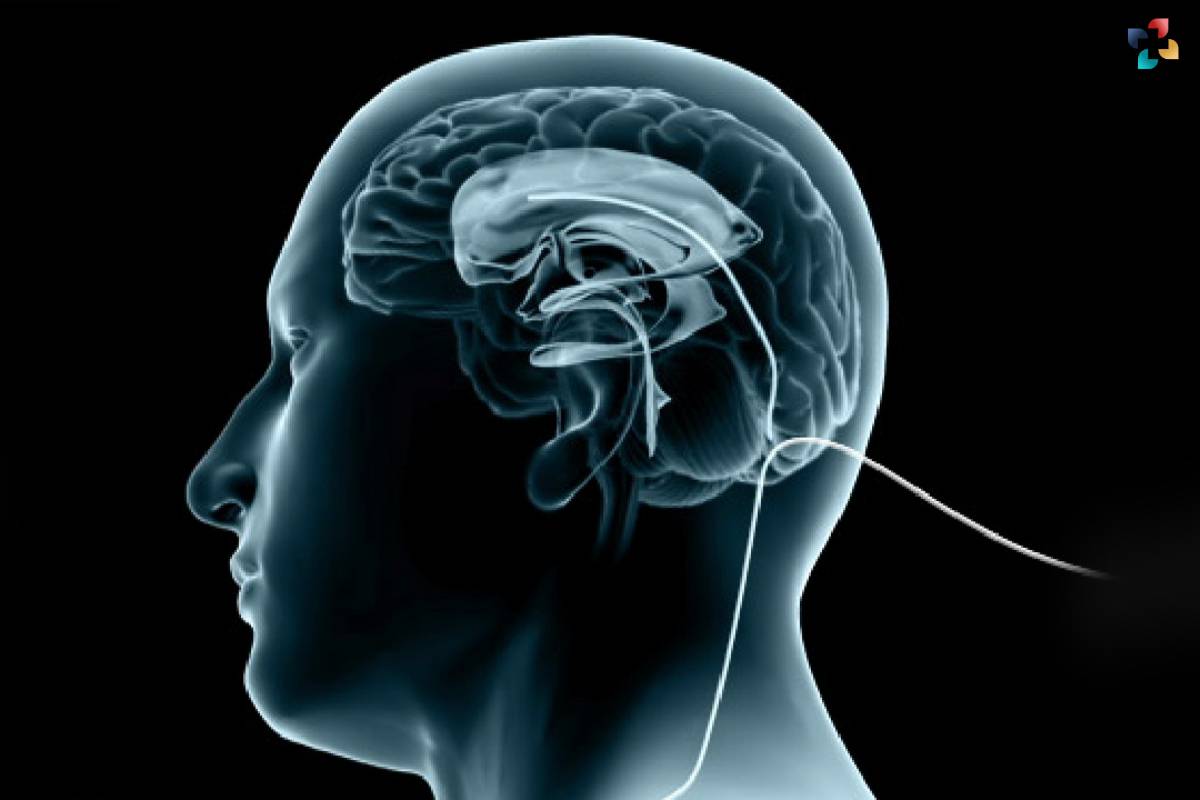Source-PrepLadder
Pseudotumor cerebri, also known as idiopathic intracranial hypertension, is an uncommon neurological disorder marked by elevated intracranial pressure. PTC is not associated with a tumor, despite its name. Rather, it imitates the signs and symptoms of a brain tumor, causing severe discomfort and possibly even difficulties for those who are impacted. We will examine the causes, signs, diagnosis, and available treatments for PTC in this extensive guide.
Understanding Pseudotumor Cerebri:
Pseudotumor cerebri is a neurological disorder characterized by increased pressure within the skull. This elevated pressure can cause symptoms such as headaches, visual disturbances, and ringing in the ears. While the exact cause of PTC is unknown, several factors may contribute to its development. These include obesity, certain medications, hormonal imbalances, and conditions such as sleep apnea and chronic kidney disease.
Symptoms of Pseudotumor Cerebri:
The symptoms of PTC can vary from person to person but often include:
- Persistent headaches, typically worse in the morning or with changes in position.
- Visual disturbances, such as blurry vision, double vision, or vision loss.
- Tinnitus, or ringing in the ears.
- Nausea and vomiting.
- Neck stiffness.
- Dizziness or vertigo.
Diagnosing Pseudotumor Cerebri:
Diagnosing PTC typically involves a combination of medical history, physical examination, and diagnostic tests. Your healthcare provider may perform a comprehensive eye examination to assess your visual acuity and evaluate the appearance of the optic nerve. Imaging studies, such as magnetic resonance imaging (MRI) or computed tomography (CT) scans, may also be ordered to rule out other potential causes of your symptoms.

In addition to medical history, physical examination, and imaging studies, there are other diagnostic procedures that healthcare providers may utilize to confirm a diagnosis of PTC.
One such procedure is a lumbar puncture, also known as a spinal tap. During this test, a small amount of cerebrospinal fluid (CSF) is removed from the spinal canal for analysis. Elevated CSF pressure may indicate PTC, although it is important to note that normal CSF pressure does not rule out the condition entirely.
Another diagnostic tool that may be employed is visual field testing. This test assesses the peripheral vision and can detect any abnormalities or blind spots that may indicate optic nerve compression, a common complication of PTC.
Additionally, healthcare providers may perform a fundoscopic examination, also known as an ophthalmoscopy, to examine the back of the eye. This allows them to visualize the optic nerve head and look for signs of swelling or papilledema, which is often present in individuals with PTC.
Furthermore, some patients may undergo a neuroimaging procedure called venography, which involves injecting a contrast dye into the veins to visualize the veins in the brain and assess for any abnormalities or obstructions that may contribute to increased intracranial pressure.
Overall, the diagnosis of PTC requires a comprehensive evaluation, including medical history, physical examination, and a variety of diagnostic tests, to confirm the condition and rule out other potential causes of symptoms. Early diagnosis and intervention are crucial in managing pseudotumor cerebri and preventing long-term complications such as vision loss.
Treatment Options for Pseudotumor Cerebri:
Pseudotumor cerebri, also known as idiopathic intracranial hypertension, is a neurological condition characterized by increased pressure within the skull. While the exact cause of PTC remains unclear, it is believed to be related to an imbalance in the production and absorption of cerebrospinal fluid (CSF). This condition primarily affects women of childbearing age, although it can occur in individuals of any age or gender.

Treatment options for pseudotumor cerebri aim to alleviate symptoms, reduce intracranial pressure, and prevent complications such as vision loss. The choice of treatment depends on the severity of symptoms, underlying health conditions, and individual preferences. In many cases, a combination of medical, lifestyle, and surgical interventions may be recommended to effectively manage the condition and improve quality of life.
Treatment for PTC aims to reduce intracranial pressure and alleviate symptoms. This may include:
Medications: Your healthcare provider may prescribe diuretics to help reduce fluid buildup in the brain and lower intracranial pressure.
Weight Management: If obesity is a contributing factor, weight loss through diet and exercise may be recommended.
Optic Nerve Sheath Fenestration: In some cases, surgery may be necessary to relieve pressure on the optic nerve.
Ventriculoperitoneal Shunt: This surgical procedure involves placing a shunt to drain excess cerebrospinal fluid from the brain to the abdomen, reducing intracranial pressure.

Lifestyle Modifications: Avoiding certain medications known to increase intracranial pressure and managing underlying conditions such as sleep apnea or chronic kidney disease may help alleviate symptoms.
FAQs:
1. What is the difference between pseudotumor cerebri and intracranial hypertension?
PTC and intracranial hypertension are terms often used interchangeably to describe increased pressure within the skull without the presence of a tumor.
2. Can pseudotumor cerebri lead to permanent vision loss?
If left untreated, PTC can cause permanent damage to the optic nerve, leading to vision loss.
3. Are there any risk factors for developing pseudotumor cerebri?
Risk factors for PTC include obesity, certain medications (such as corticosteroids and tetracycline antibiotics), hormonal imbalances, and certain medical conditions (such as sleep apnea and chronic kidney disease).
4. How is pseudotumor cerebri diagnosed?
Diagnosis of pseudotumor cerebri typically involves a combination of medical history, physical examination, and diagnostic tests, including a comprehensive eye examination and imaging studies such as MRI or CT scans.
5. What are the long-term complications of PTC?
Long-term complications of pseudotumor cerebri may include permanent vision loss, chronic headaches, and neurological deficits if left untreated.
Conclusion:
Pseudotumor cerebri is a rare neurological condition characterized by increased pressure within the skull. While the exact cause remains unknown, prompt diagnosis and treatment are essential to prevent potential complications such as permanent vision loss. By understanding the symptoms, diagnosis, and treatment options for PTC, individuals can take proactive steps to manage their condition and improve their quality of life.








